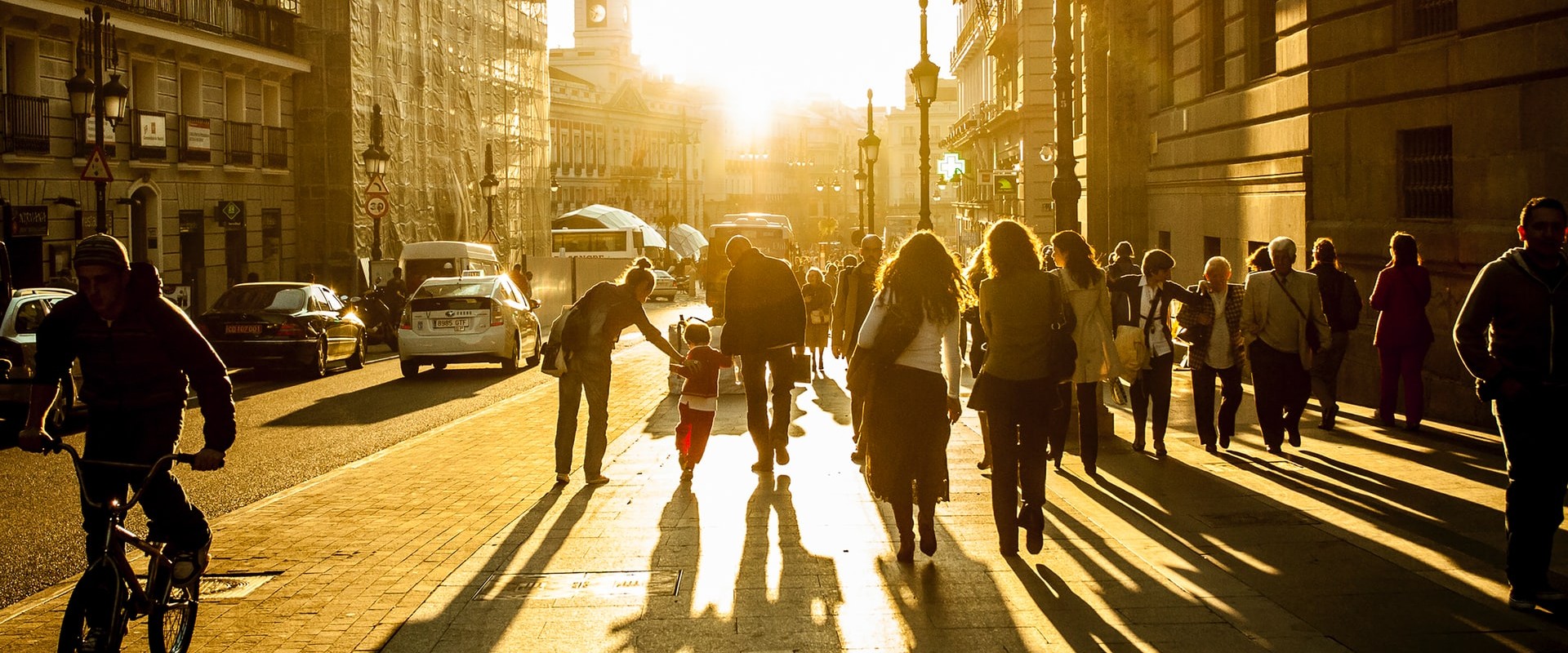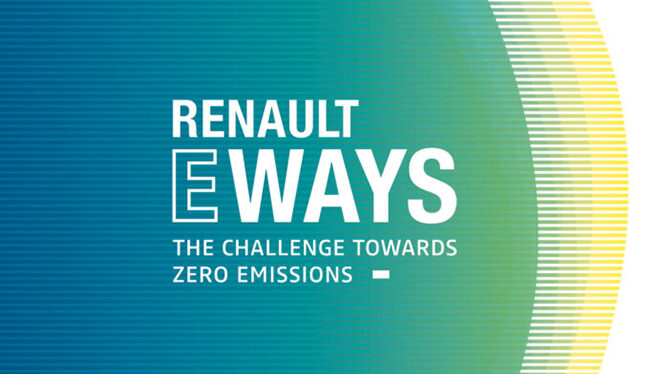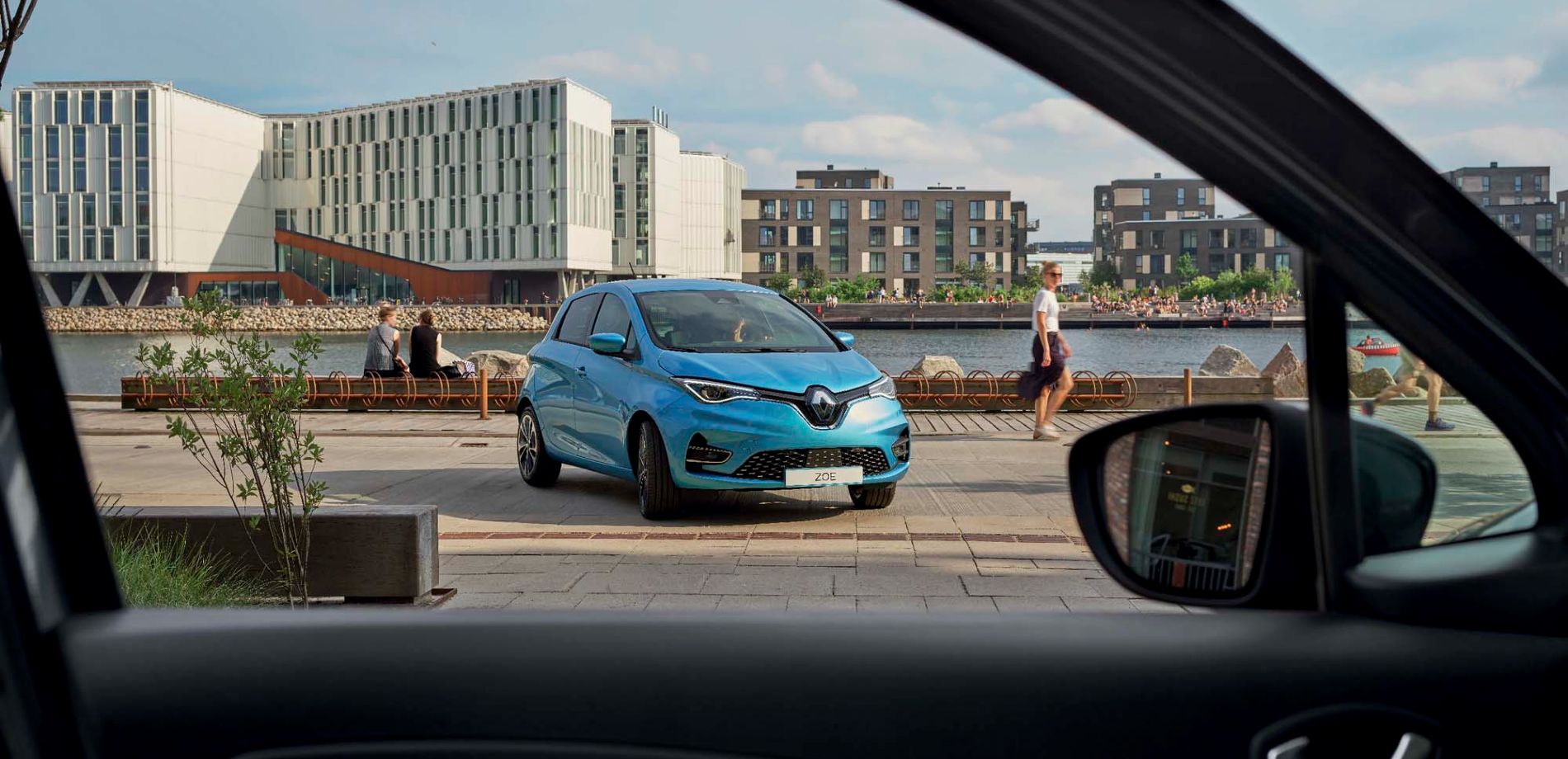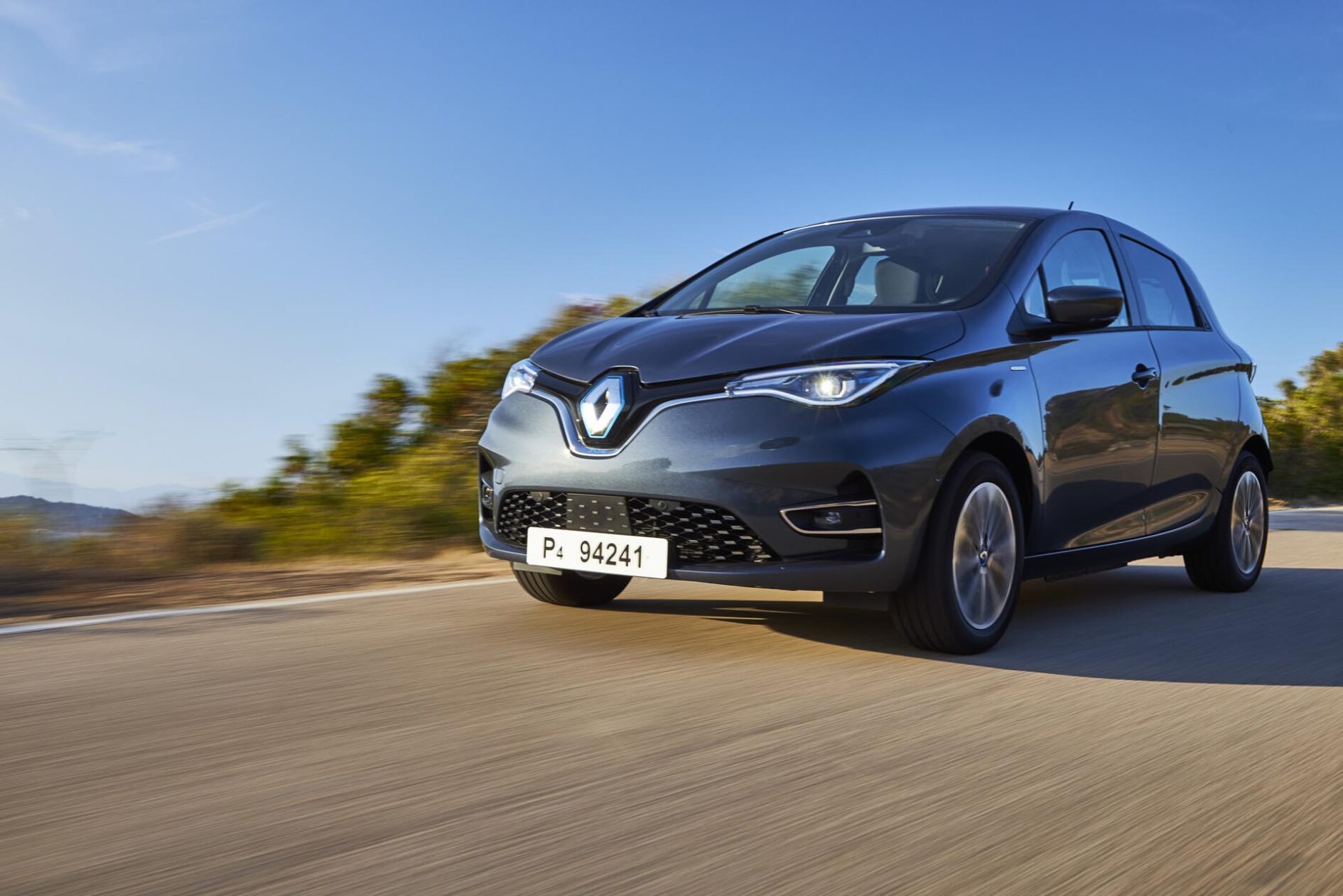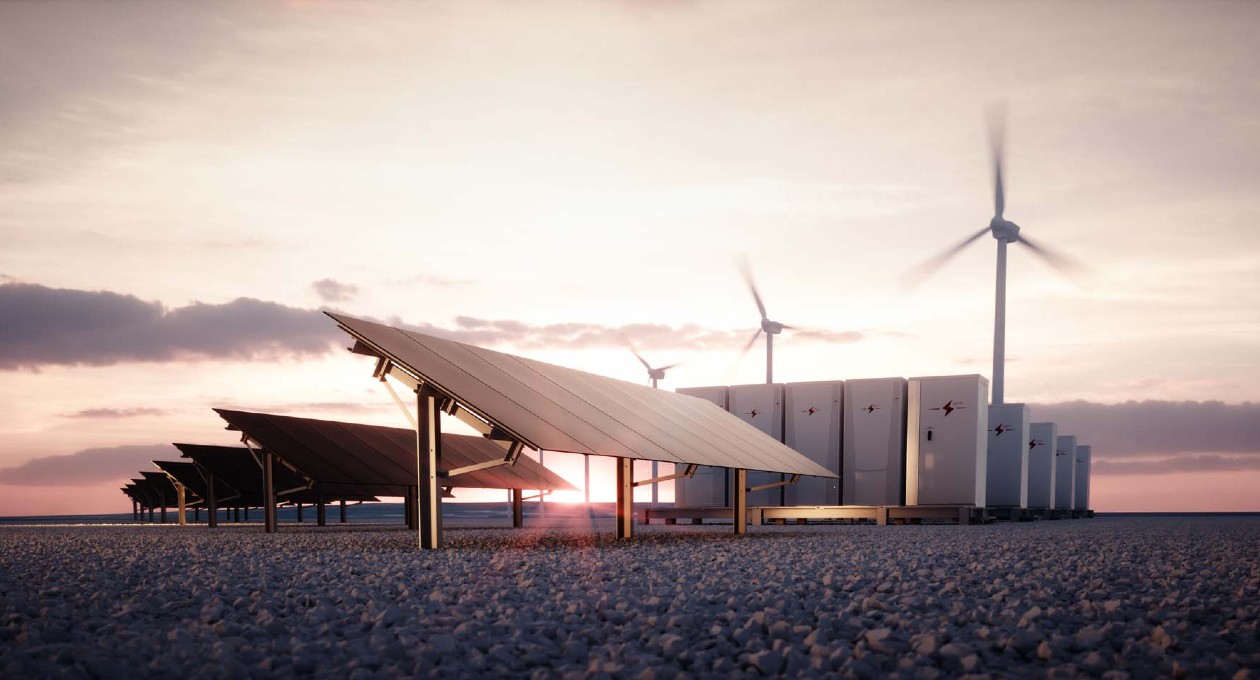

What are Low Emission Zones?

Low Emission Zones are urban zones where only the least polluting vehicles are allowed on the roads. The criteria for entering these areas is determined by the public authority, based on the vehicles’ age and technical specifications. As a general rule, older engines and cars without anti-pollution filters are prohibited.
The benefit of LEZs can be measured in terms of public health, thanks to the daily telemetry of air pollution. The introduction of a restriction on high-emission vehicles leads to a decrease in fine particle emissions and greenhouse gases, so the fewer vehicles of this type on the city streets, the lower the impact on the environment.
In Low Emission Zones, authorities generally fine drivers who do not respect the driving restrictions. In some countries, special stickers (placed on a visible area of the dashboard) or cameras (linked to vehicle registration databases) are used to verify whether or not a vehicle has the appropriate certification to be driven in these zones.
Some Low Emission Zones include Eco-Districts, which promote the use of soft mobility. In Europe, certain countries at the forefront of electric mobility have introduced other initiatives to make their urban areas more environmentally friendly. This is a natural step towards the development of smart cities; futuristic conurbations where energy efficiency, automatic traffic flow management and data collection improve the living conditions and ecological impact of the neighborhood.
What are the differences between APZs, LEZs, RTZs and ZEZs?
There are several different designations for these areas reserved for “greener” road traffic. In France, the least restrictive are the APZs (Air Protection Zones.) Since 2017, these spaces, often the size of several communes, have been subject to a differentiated traffic scheme where old vehicles and those without a fine particle filter are prohibited during pollution peaks.
In LEZs (Low Emission Zones), vehicles with significant harmful emissions are prohibited at all times. Signs are used to designate the boundaries of these zones. It is up to the municipalities to decide which types of vehicles are authorized within their LEZ. Only vehicles with particular Crit’air certifications are allowed.
LEZ replaces the old RTZ (“Restricted Traffic Zones”) which was used until the end of 2019. On an international scale, this English initialism is also the most widely accepted. The term ZEZ (“Zero Emission Zones”) is used for zones where only personal electric vehicles and carbon-free public transit are permitted.
LEZs in France and the Crit’air certification
France currently has four Low Emission Zones: one in the greater Paris area, one in Lyon, another in Grenoble, and a fourth in Strasbourg. The latter three spaces restrict traffic according to the vehicle’s Crit’air certification, a sticker placed on the vehicle that designates one of six categories: from Crit’Air 0 (for zero engine emissions, a category that includes electric vehicles,) to Crit’Air 5, which refers to vehicles with very high exhaust emissions. Older combustion-powered vehicles, known to create a lot of pollution, are simply “not classified.” How do you get a Crit’air sticker? Visit the certificat-air.gouv.fr website to put in a request.

The LEZ of the Greater Paris area
A Low Emission Zone has been introduced for the entire city of Paris and 82 communes of its close suburbs, as not all municipalities have yet issued judgements on the topic. Its boundaries are defined by the A86 highway. In the Paris region (excluding the outlying areas, the Bois de Boulogne, and the Bois de Vincennes,) all vehicles with the Crit’Air 4 and 5 certifications and non-classified vehicles are prohibited. In the suburbs, vehicles with the Crit’Air 4 sticker are authorized in all other towns of the metropolitan LEZ of Greater Paris. Over time, the restrictions will be extended to include other categories of vehicles: in 2024, the city of Paris will ban vehicles with Crit’Air categories higher than 2, thereby prohibiting diesel cars from the city and eliminating the most polluting emissions in the French capital.
Low Emission Zones and their certifications around Europe
As of 2019, there were nearly 300 Low Emission Zones in Europe, scattered across around a dozen countries. While, as is the case with the Crit’Air certification, the Euro indicator (which shows the date the vehicle first went on the road) is generally used to determine which vehicles have the right to drive in such zones, the actual application of the rules varies by country. In some cities, you must register online to have the right to drive in these areas, whereas in others you must request a sticker by mail and then display it on your dashboard to avoid paying a fine. It is therefore essential for European travelers to do their research before heading into some city centers!
Registering for LEZs in Belgium
Belgium’s Low Emission Zones, or “Zones de Basse Émissions” depending on the locality, are only accessible to certain vehicles. They are located in Brussels and Anvers, and both communes require vehicles to register online. The Belgian capital only allows diesel vehicles registered after January 2006 (starting with the Euro 3 standard.)
New zones were introduced in Ghent in January 2020. Malines will soon introduce their own, as will the Wallonia region and the municipalities of Namur, Eupen, and Liège.

The “milieuzones” in the Netherlands
Amsterdam, Rotterdam, and Utrecht have introduced “milieuzones” where some categories of vehicles are prohibited. There is no need to register in advance, but diesel cars dating from before 2001 cannot be driven in Utrecht or Rotterdam. These restrictions will be standardized at a national level in 2020, at which point the same rules will also apply to Amsterdam, Rotterdam, Utrecht, Arnhem, and Maastricht. The use of electric cars is also encouraged with the Netherlands’ eco-districts.
LEZs and their certifications in Germany
Germany was a pioneer of LEZs (there referred to as “Umweltzone”) Some hundred German cities use a differentiated traffic scheme, where only diesel vehicles registered after 2006, regular gas vehicles registered after 1993 and of course electric vehicles, can be driven. A sticker available from accredited retailers authorizes driving in these zones without receiving a fine. More drastic restrictions have been introduced in some cities, such as Hamburg, Stuttgart and Berlin. Large sections of roads and neighborhoods in these cities are prohibited to diesel vehicles that don’t meet the Euro 6 standard.
LEZs and registration in Italy for tourists
“Zona a traffico limitato” (ZTL) have been implemented in more than a hundred Italian communes, and apply to tourists in particular. They are a way of regulating vehicle traffic but aren’t necessarily based on environmental criteria. In some cities, ZTLs aim to preserve local cultural or natural treasures. The ZTL conditions depend on a variety of factors. The different municipalities have not standardized their system at a national level, so when traveling from city to city in Italy, it’s best to do your research before leaving: to check whether you have to register online, for example.
LEZs and their certifications in Spain
While the Madrid “zona de baja emision” system does include stickers, they only apply to Spanish vehicle registrations. In the Iberian capital, it is your place of lodging that will provide you, as a foreigner, with an “invitation” to circulate freely in the city center as long as you have a recent or non-polluting vehicle. Diesel vehicles from before 2006 and regular gas vehicles from before 2000 are prohibited in the most central parts of town.
Barcelona has also designated an area where gas vehicles from before the Euro 2 standard and diesel vehicles from before the Euro 4 standard are prohibited during the week from 7:00 a.m. until 8:00 p.m., starting in 2020. And nearly 138 Spanish cities will be joining the movement in the next few years: a law has been introduced requiring all cities with more than 50,000 inhabitants to implement their own zones.
LEZs and their certifications in Portugal
In Lisbon, during the day, only certain types of vehicles may be driven, with different requirements in two separate zones: the historic center is only accessible to cars registered after 2000, while outlying areas are accessible to those from after 1997.
LEZs and their certifications in the United Kingdom
In Spring 2019, London inaugurated an even more restrictive LEZ: the Ultra Low Emission Zone, or ULEZ. This system relies on the heavy taxation of polluting vehicles as soon as they enter the zone, which is monitored by cameras. Any cars registered before 2006 (for gas) or 2015 (for diesel) must pay a daily fee of around fifteen euros.
The introduction of LEZs throughout Europe is part of a larger political movement. By progressively prohibiting high-emission vehicles from European city centers, authorities encourage their citizens to consider new modes of transport as the best way to protect the environment. Electric cars, in particular, have unanimous support: their complete lack of greenhouse gas and other exhaust emissions make them the perfect vehicle for driving freely through Europe’s LEZs!
Copyright : deberarr, zorazhuang, LeoPatrizi, Drazen_
